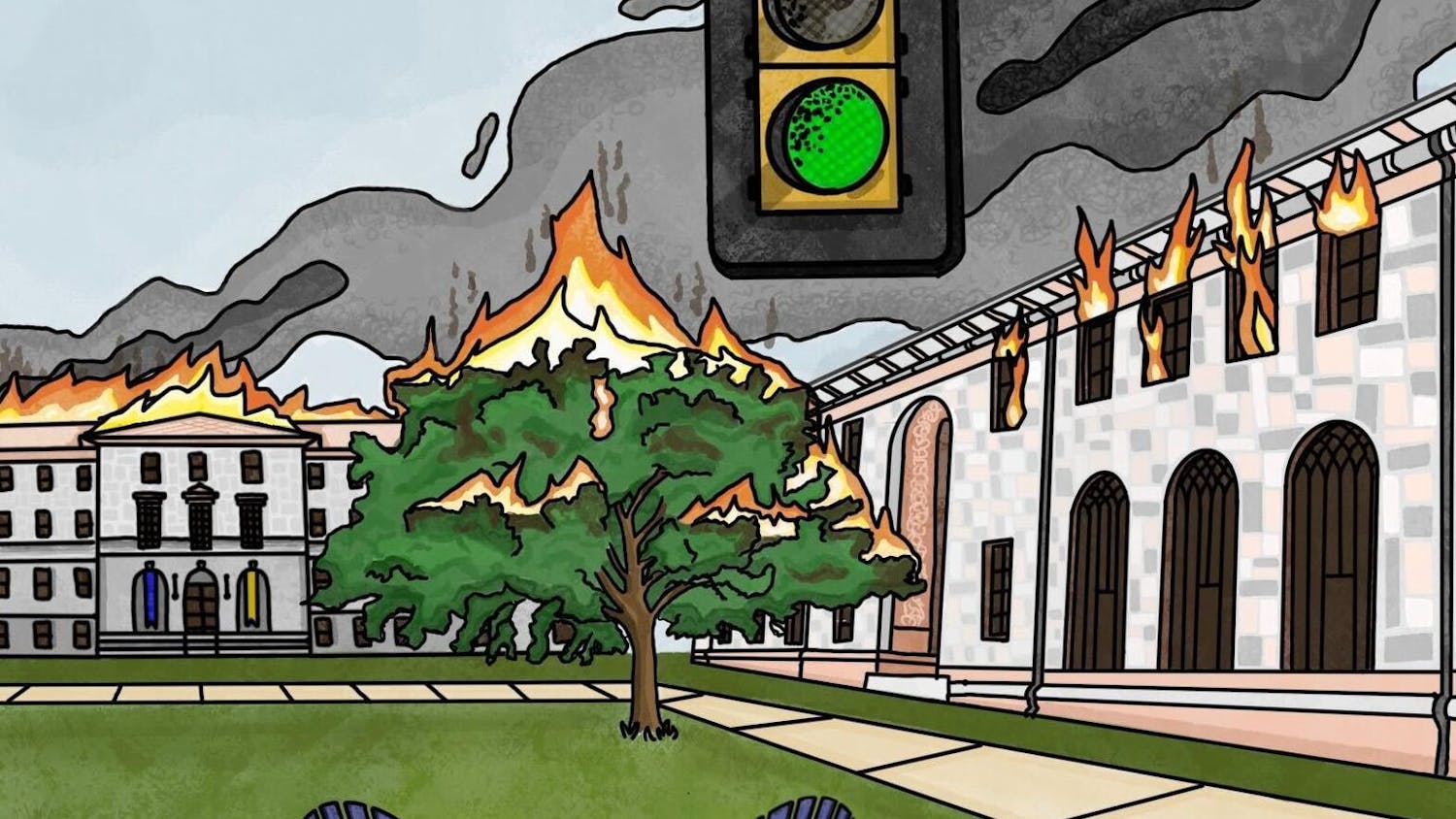As a political entity, the U.S. is often motivated by anger and rage: look no further than the readiness to judge and condemn Covington Catholic High School students in what initially appeared to be a hateful and discriminatory behavior toward Native American elder and veteran Nathan Phillips. I, like some, was guilty of jumping to premature conclusions about the students’ privilege and ignorance. So it came as a moment of personal reckoning when I judged those students before having the full story; videos surrounding the event provided a more complete and complicated picture.
The reaction to the Covington High School confrontation conveys a sharp and impulsive readiness for anger and rage, not only in myself, but also in the collective mind of my fellow liberal classmates. We will never know the complete story of that day in Washington: a situation is always more complicated than we would like to accept. But let’s reframe the situation, analyze the liberal reaction to the confrontation and determine how we can harness, instead of suppress, our collective political rage.
“Anger is one of the densest forms of communication,” Professor Emeritus of Psychological and Brain Sciences at the University of Massachusetts at Amherst James Averill said in an interview with The Atlantic. “It conveys more information, more quickly, than almost any other type of emotion,”
According to Averil, anger is cognitively similar to happiness: it makes us feel in control.
The political leader who perhaps best understands America’s political rage is President Donald J. Trump. Through outlandish and sometimes discriminatory comments, he brings attention to issues at his whim. For example, when Trump tweets about illegal voters, he uses the press to convert the rage of both supporters and opposers into marketers for his ideas. Trump repeats extremist, fringe ideas enough for them to enter the political consciousness; even when those ideas are loudly disproven with evidence, they still draw attention and give those ideas a platform.
To harness a sub-group’s collective rage, we must follow a basic Cesar Chavez theory on community organizing: moral outrage can inspire widespread change. The anger that Chavez believed in was the opportunity to “right an injustice, to feel like part of a meaningful fight.”
We must channel our anger at moral offense, and we must persuade the discontented to see their struggle as part of a larger story on what is right and what is wrong.
Progressives have successfully harnessed anger to be seen as the fighters of injustice. The anger that we had, whatever evaluation we made, about the Covington High School students’ confrontation with Phillips, often cannot be suppressed. This moral indignation is how we become a more just and equitable society.
The answer is, however, to focus that anger at society’s institutions and rule-makers, instead of reducing complicated individuals into symbolic scapegoats. Organize people against the institutions that have failed our country, from our national politics to our education system. Look no further than the teacher strikes spreading around our country to see an example of rage that can be used to further our society. Few would argue that teachers — the mentors and bastions of future generations — don’t theoretically deserve better pay. But when they strike and organize, we realize how integral they are to the success of our society.
So instead of decrying rage politics and our rush to premature judgment, let’s cultivate our rage to support causes and friends who are afflicted, to right injustices for meaningful causes. I would love to see a world where this did not mean condemning those we believe to be wrong, like how many of us at Emory point fingers at Trump and the Covington High School students. News outlets like the New York Times, who pride themselves on capturing truth and nuance, should have given a less sensationalist initial headline than “Boys in ‘Make America Great Again’ Hats Mob Native Elder at Indigenous Peoples March..” I would love to believe that justice can do without scapegoats. At some point, the rage has to stop, or prosocial behavior will give way to revenge and retaliation.
The Emory student body has the tools and the passion to affect change. Now it’s time to ask yourself: how will you use your rage?
Ryan Fan (19C) is from Stony Brook, N.Y.





